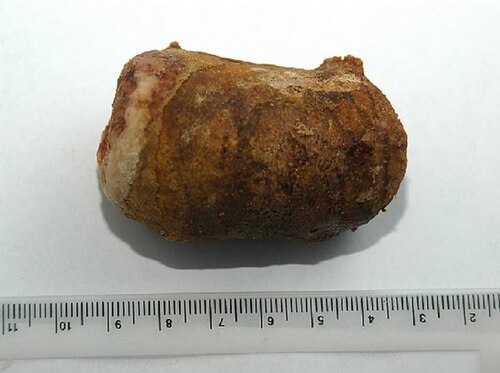Passing a kidney stone is often painful, but knowing what to expect at each stage can help you manage symptoms and seek timely medical help. Here’s a clear, step-by-step breakdown of the kidney stone journey from formation to exit.
Stage 1: Formation of the Kidney Stone
User Intent: What causes kidney stones and how do they start forming?
Kidney stones begin when minerals like calcium, oxalate, and uric acid concentrate in the urine and crystallize. This can happen due to dehydration, diet, genetics, or medical conditions.
Key signs during this stage:
- Often no symptoms (silent stage)
- Detected only through imaging or urine tests
- May recur if hydration and diet aren’t managed
🔍 Tip: Stay hydrated and avoid excess salt or oxalate-rich foods like spinach and nuts.
Stage 2: Stone Begins Moving Inside the Kidney
User Intent: Can you feel a kidney stone moving inside you?
Yes — once a stone detaches from kidney walls and moves into the ureter, sharp pain can begin. This is when most people realize something’s wrong.
Symptoms may include:
- Sudden sharp pain in the side or back (flank)
- Nausea or vomiting
- Blood in urine (hematuria)
- Frequent urge to urinate
💡 AI Tip: Using pain-tracking apps or symptom journals can help healthcare providers manage your treatment more effectively.
Stage 3: Passing Through the Ureter
User Intent: What’s the most painful part of passing a kidney stone?
This is often the most painful phase. The ureter is narrow and the stone can scrape its lining or cause blockage.
Pain during this phase:
- Radiates from side to groin
- Comes in waves (renal colic)
- Can cause sweating, chills, or severe discomfort
📈 Pain Intensity Chart by Stage:
| Stage | Pain Level (1–10) |
|---|---|
| Formation | 0–2 (Silent) |
| Movement within kidney | 3–6 |
| Ureter passage (colic) | 7–10 |
| Bladder entry | 3–6 |
| Final exit (urination) | 2–5 |
Stage 4: Enters the Bladder
User Intent: What happens after the kidney stone reaches the bladder?
Pain usually decreases once the stone enters the bladder. It may sit there for hours or days before being urinated out.
Symptoms might include:
- Bladder pressure
- Urgency to urinate
- Minor pelvic discomfort
⏳ Be patient. Stones under 5mm usually pass on their own within a few days.
Stage 5: Exiting Through the Urethra
User Intent: Does it hurt to pee out a kidney stone?
It can, especially in males due to a longer urethra. The sensation is often described as burning, followed by relief.
Tips for relief:
- Drink lots of water to flush the stone
- Use prescribed alpha-blockers (e.g., tamsulosin) to relax ureter muscles
- Strain urine to catch the stone for lab analysis
Read More About: Click the Link Below
Understanding the stages of chronic kidney disease
📊 Male vs. Female Experience Chart
| Aspect | Male Experience | Female Experience |
|---|---|---|
| Urethra Length | Longer — may cause more discomfort | Shorter — stone may pass more quickly |
| Pain Location | Groin, testicles | Lower abdomen, pelvis |
| Symptom Reporting | May delay seeking help | Often seeks help sooner |
| UTI Risk | Lower | Higher (due to anatomy) |
✅ Quick Recap: How to Know You’re Passing a Kidney Stone
- Pain in back or side? Possible early movement
- Blood in urine? Common sign
- Pain comes in waves? Likely ureter involvement
- Burning while urinating? Stone nearing exit
Frequently Asked Question FAQ’s
The time it takes to pass a kidney stone can vary. Small stones may pass within 1-2 weeks, while larger stones can take 2-3 weeks.
Symptoms include severe pain, nausea, vomiting, blood in the urine, and frequent urination.
Yes, staying hydrated, making dietary changes, and taking prescribed medications can help prevent kidney stones.


